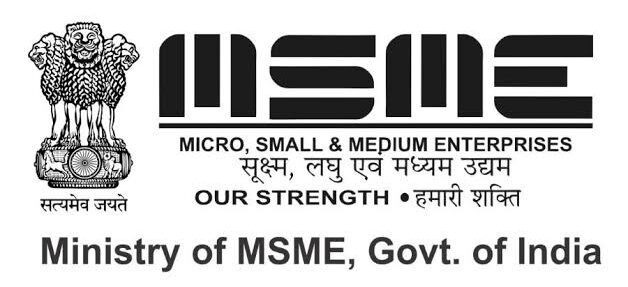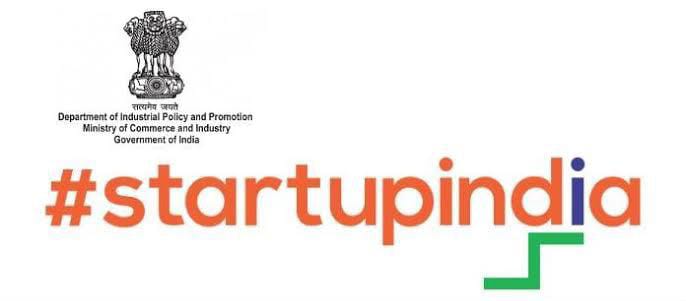Dissolution or liquidation / closure of Company
Original price was: ₹50,000.00.₹45,000.00Current price is: ₹45,000.00.
10000 in stock
Description
Dissolution or liquidation, also known as the closure of a company, is the process through which a business entity ceases to exist legally. This can occur for various reasons, such as financial insolvency, voluntary decision by the owners, or regulatory requirements. Here’s a breakdown of the typical steps involved in the dissolution or liquidation process:
- Board Resolution or Shareholder Decision: The decision to dissolve the company is usually made by the board of directors or shareholders, depending on the company’s structure and governing documents.
- Appointment of Liquidator: In many jurisdictions, a liquidator is appointed to oversee the process of winding up the company’s affairs. This individual or firm is responsible for managing the company’s assets, paying off its debts, and distributing any remaining funds to shareholders.
- Notification of Stakeholders: Creditors, employees, customers, and other stakeholders need to be informed about the company’s decision to dissolve. This often involves sending out formal notifications and advertisements in local newspapers, as required by law.
- Settlement of Debts: The company’s assets are liquidated, and the proceeds are used to pay off its debts in order of priority. Secured creditors, such as banks with liens on company property, are typically paid first, followed by unsecured creditors and finally shareholders.
- Distribution of Assets: After all debts have been settled, any remaining assets are distributed among the shareholders according to their ownership interests. In some cases, there may not be any assets left for distribution, especially if the company was heavily indebted.
- Filing of Final Returns and Documents: The company must file final tax returns and other necessary documents with relevant government authorities to formally close its operations.
- Cancellation of Licenses and Permits: Any licenses, permits, or registrations held by the company must be canceled or transferred to another entity as part of the dissolution process.
- Final Closure: Once all legal and financial obligations have been fulfilled, the company is formally dissolved, and its name is removed from the register of companies. This marks the end of its existence as a legal entity.



















